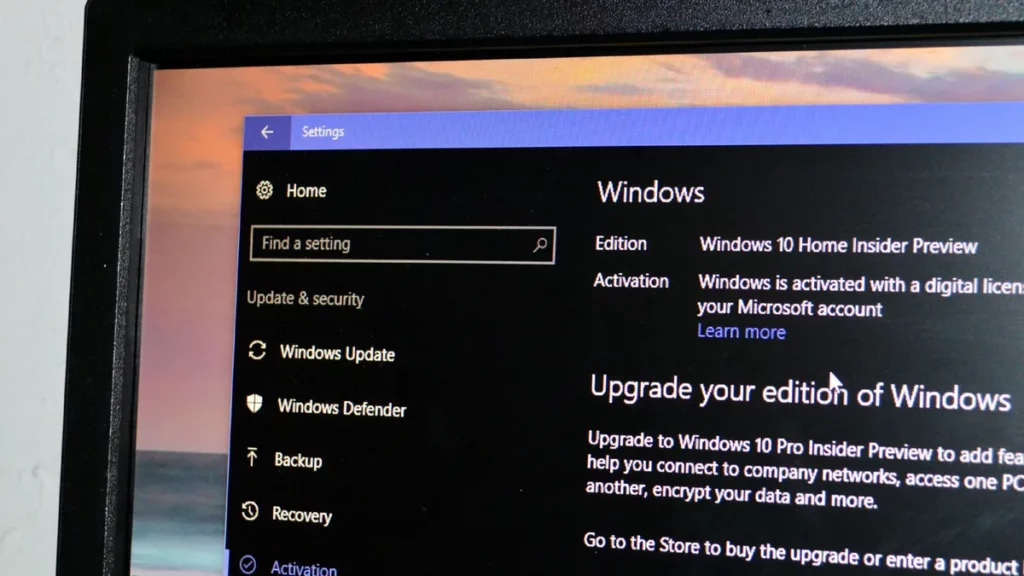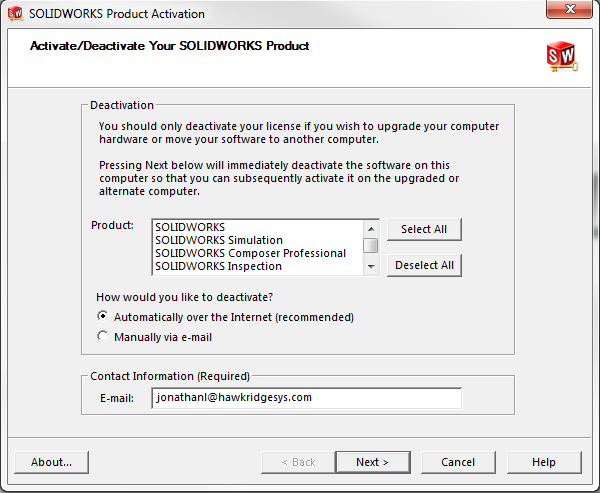Upon OS reinstallation, the license reverts to its original state, which is bound to the specific motherboard it was initially associated with.
Let’s delve into this topic to provide clarity on how Windows activation works and the implications for hardware changes.
Table of Contents
Impact of Hardware Changes on Windows Activation:

When it comes to hardware changes, the motherboard holds a significant position in the activation process of Windows. Its role is pivotal, as it serves as a primary identifier for your system during activation. As a result, any modifications to the motherboard can potentially trigger a need for reactivation.
Automatic Reactivation and Digital Entitlement:
In many cases, Windows is equipped with a feature called digital entitlement, which links your activation status to your Microsoft account.
This means that if you replace your motherboard with a similar or identical model, Windows may seamlessly reactivate itself without requiring any manual intervention. The system recognizes the new hardware configuration and automatically validates your license.
Manual Reactivation Process:
However, there are instances where automatic reactivation may not occur, especially if you upgrade to a substantially different motherboard model.
In such cases, Windows may prompt you to reactivate your license manually. This typically involves entering your product key or contacting Microsoft support for assistance.
Also Read: Is It Better To Connect Monitor To Gpu Or Motherboard – Where Should You Connect Your Monitor?
Understanding Retail vs. OEM Licenses:
It’s essential to understand the distinction between retail and OEM (Original Equipment Manufacturer) licenses when considering hardware changes. Retail licenses are generally more flexible and allow for easier transfer between devices.
They are designed to be transferable, even in the event of significant hardware upgrades or replacements. On the other hand, OEM licenses are typically tied to the original motherboard and may not be transferable to a new device.
Transferability and License Deactivation:

For users with retail licenses, there may be options to transfer the license to a new device or motherboard. However, this often requires deactivating the license on the old hardware before activating it on the new one.
This process ensures compliance with Microsoft’s licensing terms and helps prevent unauthorized use of the license on multiple devices simultaneously.
Best Practices and Precautions:
Before undertaking any hardware changes that may affect Windows activation, it’s essential to take certain precautions:
- Backup Data: Creating a backup of your important files and system settings is crucial before making any significant hardware modifications. This ensures that you can restore your system in case of any unexpected issues during the activation process.
- Research and Consultation: Researching Microsoft’s licensing terms and consulting with experts or online forums can provide valuable insights into the activation process and potential issues that may arise.
- Documentation: Keep track of your product key, license type, and any relevant documentation associated with your Windows license. This information will be invaluable in the event of a need for manual reactivation or license transfer.
FAQ’s
1: Is a Windows license tied to the motherboard?
Yes, typically, a Windows license is tied to the specific motherboard it was initially associated with.
2: What role does the motherboard play in Windows activation?
The motherboard serves as a primary identifier for your system during activation, and modifications to it can trigger a need for reactivation.
3: Can Windows automatically reactivate if the motherboard is replaced with a similar model?
Yes, in many cases, Windows can seamlessly reactivate itself if the motherboard is replaced with a similar or identical model, thanks to digital entitlement.
4: What is digital entitlement?
Digital entitlement is a feature in Windows that links your activation status to your Microsoft account, allowing for seamless reactivation in certain scenarios.
5: What happens if automatic reactivation doesn’t occur after a motherboard change?
In cases where automatic reactivation doesn’t occur, users may need to manually reactivate their license by entering their product key or contacting Microsoft support.
6: What are the differences between retail and OEM licenses?
Retail licenses are more flexible and allow for easier transfer between devices, while OEM licenses are typically tied to the original motherboard and may not be transferable.
7: Can users transfer retail licenses to a new device or motherboard?
Yes, users with retail licenses may have the option to transfer the license to a new device or motherboard, but deactivation of the license on the old hardware is usually required.
8: Why is it essential to back up data before making hardware changes?
Creating a backup ensures that important files and system settings are preserved in case of any unexpected issues during the activation process.
9: What precautions should users take before undertaking hardware changes?
Users should research Microsoft’s licensing terms, consult with experts or online forums, and keep track of their product key and license documentation.
10: How can users ensure compliance with Microsoft’s licensing terms during hardware changes?
Users should follow best practices and adhere to Microsoft’s guidelines for license activation and transfer to remain compliant.
11: What is the significance of understanding Windows activation nuances?
Understanding Windows activation nuances helps users ensure a smooth transition when upgrading or replacing hardware, maintaining a properly licensed and functional system.
12: How can users maintain compliance with Microsoft’s licensing terms while upgrading hardware configurations?
By staying informed, following best practices, and adhering to Microsoft’s guidelines, users can maintain compliance and ensure a properly licensed Windows system across various hardware configurations.
Conclusion
In conclusion, while a Windows license is indeed tied to your computer’s hardware, including the motherboard, there are mechanisms in place to facilitate activation even after hardware changes. Understanding the nuances of Windows activation, digital entitlement, and license types is crucial for ensuring a smooth transition when upgrading or replacing your computer’s hardware. By staying informed and following best practices, you can maintain a properly licensed and functional Windows system across various hardware configurations while remaining compliant with Microsoft’s licensing terms.